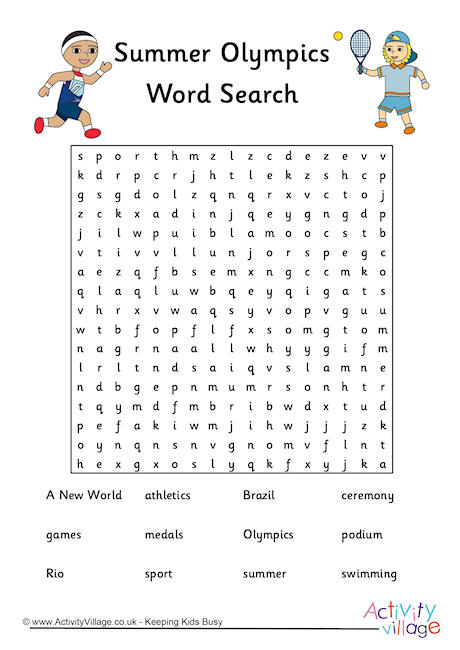

For detailed database information, see Database types and descriptions in SharePoint Server. This section provides a summary of the databases installed with SharePoint Servers. All SharePoint Server environments rely on the SQL Server system databases. The databases that are installed with SharePoint Servers (Subscription Edition, 2019, or 2016) depend on the service applications that are used in the environment. The key factors are: the amount of content, enabled features, deployed service applications, number of farms, and availability requirements.īefore you start to plan storage, you should understand the databases that SharePoint Server can use.Įstimate service application storage needs and IOPS Several SharePoint Server architectural factors influence storage design. Validate and monitor storage and SQL Server performance Gather storage and SQL Server space and I/O requirementsĭesign storage architecture based on capacity and I/O requirements These sections provide detailed information about each design step, including storage requirements and best practices: We recommend that you break the storage and database tier design process into the following steps. Storage and database tier design and configuration process for SharePoint Server 2016 and newer This article assumes that you are familiar with the concepts that are presented in Capacity management and sizing for SharePoint Server 2013. It assumes significant understanding of both SharePoint Server and SQL Server. This document is intended for joint use by SharePoint Server farm implementers and SQL Server database administrators as SharePoint Server often runs in environments in which databases are managed by separate SQL Server database administrators. The test results are the same as in SharePoint 2013.
MICROSOFT WORD 2016 WORD SEARCH ANSWERS HOW TO
For training about how to configure and tune SQL Server 2012, see SQL Server 2012 for SharePoint Server 2013. Learn about Managing site storage limits for SharePoint in Microsoft 365.Īlthough tests were not run on SQL Server 2014 (SP1), SQL Server 2016, SQL Server 2017 RTM, or SQL Server 2019 you can use these test results as a guide to help you plan for and configure the storage and SQL Server database tier in SharePoint Server Subscription Edition, 2019, or 2016 environments. However, your results may vary based on the equipment you use and the features and functionality that you implement for your sites. This information is based on testing performed at Microsoft on live properties.

The capacity planning information that we provide contains guidelines to help you plan and configure the storage and SQL Server database tier in a SharePoint Server environment. APPLIES TO: 2013 2016 2019 Subscription Edition SharePoint in Microsoft 365


 0 kommentar(er)
0 kommentar(er)
